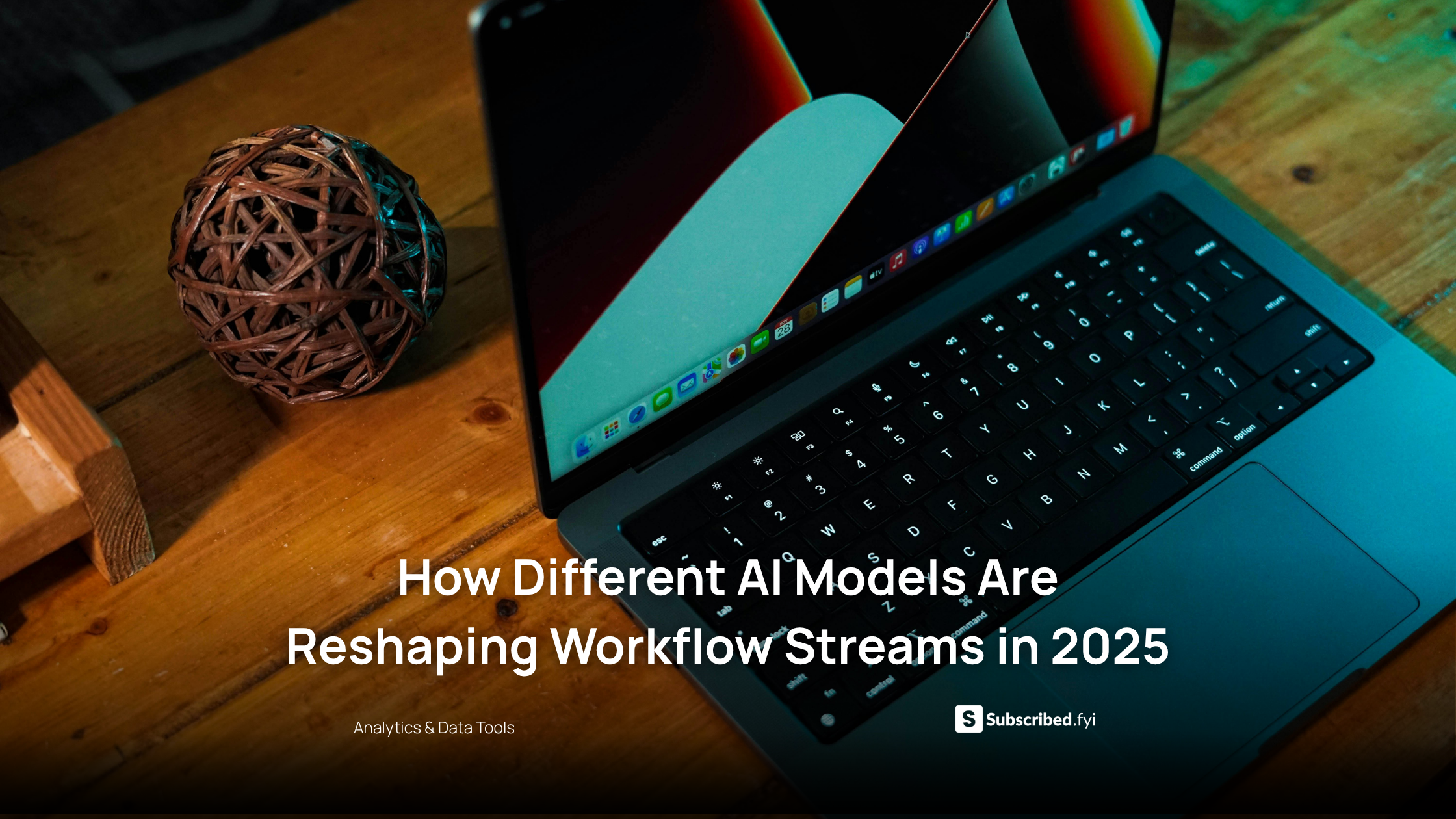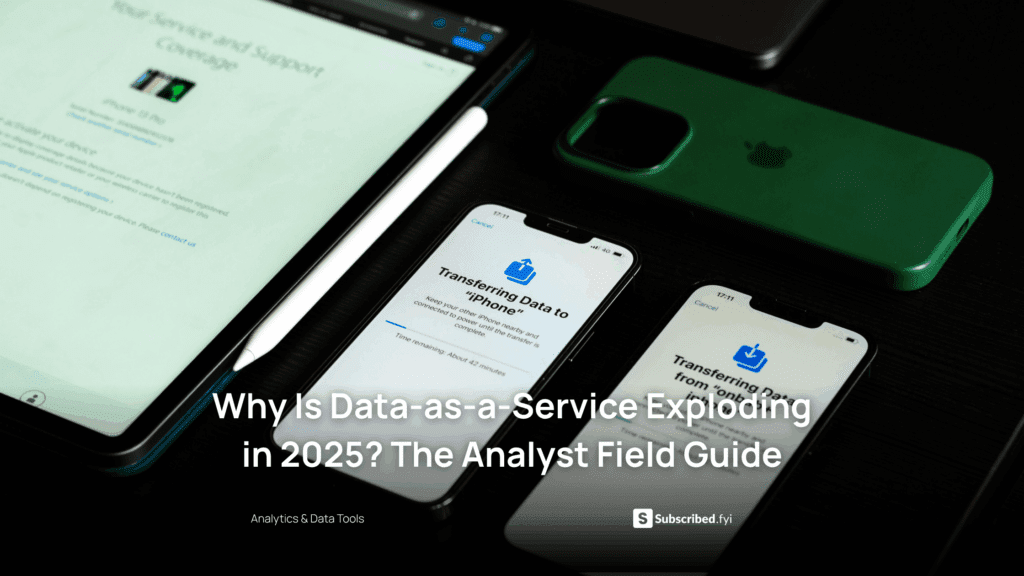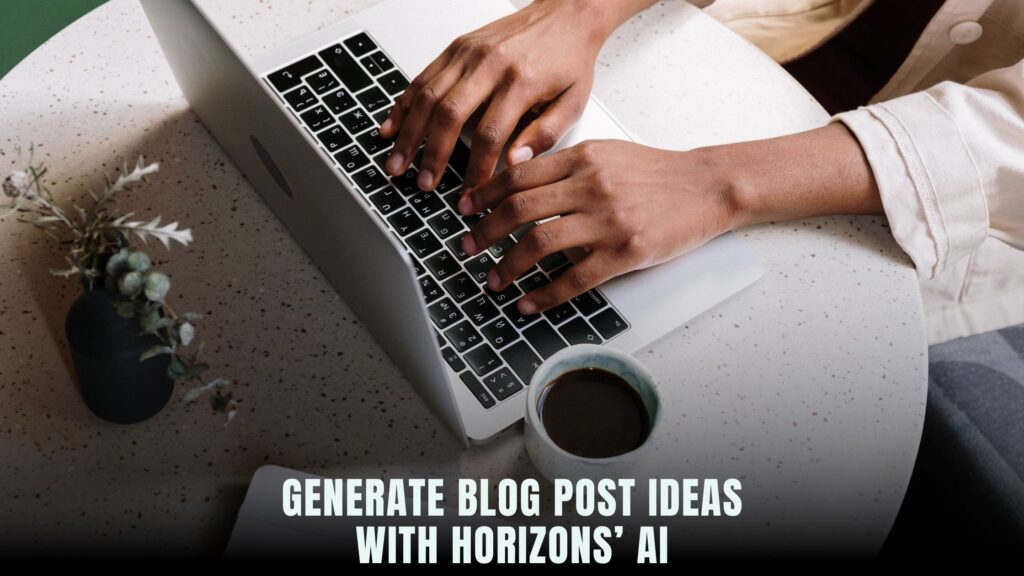How Different AI Models Are Reshaping Workflow Streams in 2025
- AI Image Generators Software AI Writing Assistant Popular Tools AI Tools


Artificial intelligence is no longer a “single-model” technology. Today, workflow optimization inside SaaS organizations is being reshaped by a rapidly diversifying ecosystem of AI models, each with its own strengths, latency patterns, context windows, and emergent behaviors. This fragmentation is not a bug. It is the new competitive advantage.
For SaaS product managers and workflow optimization leaders, the rise of multi-model operations (“model orchestration”) marks the most important shift since the introduction of cloud computing. Instead of choosing the best model, companies are deploying the right model for the right workflow stream.
This trend is reinforced by industry analyses from sources like McKinsey, PwC’s AI Jobs Barometer and the 2025 workforce insights report from BCG, all forecasting a deep reconfiguration of job tasks, productivity flows, and cross-functional teaming as AI becomes embedded into daily execution.
Meanwhile, commentary from operators and engineers, such as the breakdown in From ChatGPT to Grok on Medium, highlights an equally important cultural reality: not all AI models behave the same, and they do not create value in the same way. Their capabilities influence the texture, speed, and reliability of work.
The future of workflow optimization is no longer model-centric.
It is workflow-centric, powered by specialization.
Why Multi-Model Workflows Are Winning in SaaS Organizations
For SaaS product teams, multi-model orchestration is emerging as the foundation of operational efficiency. Instead of one LLM powering everything, companies are assigning models based on:
-
Latency tolerance (seconds vs. milliseconds)
-
Context window size (short tasks vs. deep reasoning)
-
Input modality (text, image, voice, code, or multi-modal)
-
Compliance requirements (PII handling, on-prem execution, regional control)
-
Task precision level (creative vs. deterministic tasks)
AI models are no longer “generalists.”
They are “workflow specialists.”
This is why comparisons across AI assistants, like the breakdown from Gmelius, are trending heavily in 2025. Companies are actively mapping which models should own each workflow stream.
The Four Major Workflow Streams Being Transformed in 2025
1. Knowledge Work & Strategic Reasoning
High-context tasks like planning, strategic research, cross-team synthesis, and product scoping are increasingly driven by advanced large language models capable of long-form reasoning.
Models reshaping this stream include:
-
ChatGPT (OpenAI) – excels in synthesis and strategic scenario expansion
-
Claude (Anthropic) – especially with Claude Haiku 4.5, known for reasoning clarity and safety emphasis
-
Grok (xAI) – extremely fast model ideal for rapid insights and real-time trend interpretation
TechCrunch’s 2025 overview of ChatGPT highlights a structural reality: these models are becoming “second brains” for analysts and product teams, compressing hours of synthesis work into minutes.
2. Automation & Operational Execution
Routine workflows – ticket handling, SOP execution, CRM automation, content tagging, and internal communications; benefit from models that are:
-
fast, deterministic, and capable of slotting into Zapier-style automations.
This includes both general LLMs and specialized task models. For example:
-
Microsoft MAI Image 1, introduced via Microsoft AI News, excels in structured image-based workflows
-
Grok is being used for rapid summarization and real-time triage
-
ChatGPT 4.1 variants support stable enterprise-grade routinized flows
Operational teams are now assigning model types the same way they assign team members; based on strengths, reliability, and task fit.
3. Creative Production & Conceptual Workflows
Multi-modal creative models are transforming design cycles, campaign development, prototyping, and UX ideation.
Models influencing this stream include:
-
Midjourney (concept design & brand exploration)
-
Microsoft MAI Image 1 (structured image + workflow integration)
-
Claude’s multi-modal capabilities for conceptual reasoning and narrative design
In SaaS environments, these models reduce early-stage creative waste and allow product marketers, designers, and content teams to iterate at 10–20x speed.
4. Engineering, QA & Product Delivery
AI-augmented development is in hyper-acceleration. Developers are no longer just using code assistants, they’re interacting with full reasoning partners.
Models shaping code workflows:
-
ChatGPT (Code Interpreter + o1 variants)
-
Claude for code reasoning clarity
-
Grok for quick debugging and pattern detection
PwC’s AI Jobs Barometer emphasizes that technical roles are not being replaced; they are being upskilled, with AI becoming the second engineer in every sprint.
How AI Models Influence Workflow Structures Inside SaaS Teams
The rise of multi-model workflows is fundamentally restructuring how SaaS teams organize execution. It is no longer about “AI adoption” – it is about workflow decomposition and AI-task assignment.
A 2025 analysis from BCG emphasizes that AI brings the most measurable lift when organizations understand which tasks inside a workflow benefit from which type of model. Teams that simply bolt AI onto an existing process see marginal returns. Teams that re-architect processes around AI specialties see compounding returns.
Below are the five major impacts AI models are having on workflow streams inside SaaS organizations.
1. Workflow Speed: Latency Becomes a Competitive Advantage
In 2025, the speed of an AI model directly influences the speed of an entire team.
-
Grok is becoming the default model for real-time insight tasks because of its unusually high throughput and conversational speed.
-
Claude Haiku 4.5 offers fast, safe reasoning that is ideal for product meetings, sprint planning, and multi-team coordination.
-
ChatGPT 4.1 powers deeper context synthesis work, reducing research and planning cycles from days to hours.
Workflows are being rewired so that:
-
High-latency models handle deep thought
-
Low-latency models handle real-time decisions
This separation is becoming a best practice across SaaS product teams.
2. Task Quality: AI Improves Output Precision Across Product & Engineering
McKinsey’s State of AI report stresses that organizations adopting multi-model AI stacks experience a significant improvement in task accuracy because different models excel at different “error profiles.”
For example:
-
Claude maintains high fidelity in long-form reasoning tasks, making it ideal for PRDs, product notes, or risk analysis documents.
-
ChatGPT excels in structured content generation (UAT scripts, release notes, customer messaging).
-
Purpose-built code models (like ChatGPT code variants) support more precise debugging, unit testing, and documentation.
Quality is no longer dependent on one model.
Quality is dependent on model-task alignment.
3. Cognitive Load Reduction: AI Removes Workflow Friction
A major insight from PwC’s workforce analysis is that AI is reshaping job roles by offloading the mentally heavy, repetitive parts of knowledge work.
For SaaS product managers, this means:
-
fewer hours spent gathering requirements
-
fewer hours spent writing near-duplicate documents
-
fewer hours spent validating market opportunities
-
fewer hours preparing meeting summaries, sprint plans, or competitor snapshots
For engineers:
-
fewer hours debugging
-
fewer hours generating scaffolding
-
fewer hours on compliance and documentation
-
fewer hours context switching
Product teams are discovering that cognitive load, not workload, is the real bottleneck. AI is removing it at scale.
4. Cross-Functional Collaboration: AI Models Become Shared Team Members
AI is no longer a tool used by individuals, it is becoming a shared contributor across departments.
TechCrunch’s coverage of ChatGPT’s evolution frames a key shift: AI models are becoming collaborative actors that sit inside team workflows rather than assist individuals in isolation.
For example:
-
PMs use Claude for user story refinement
-
Engineers use ChatGPT for code-level debugging
-
Designers use Midjourney or MAI Image 1 for rapid prototyping
-
Marketing uses ChatGPT or Grok for competitive insights and narrative development
-
CS uses lightweight fast models for ticket classification and triage
The AI model is becoming a cross-functional teammate embedded in shared systems, not a siloed assistant.
5. Workflow Ownership: Teams Are Shifting Work to the Model Best Suited for the Task
As illustrated in From ChatGPT to Grok, each model influences workflow behavior differently.
-
ChatGPT encourages structured thinking, planning, and expansion.
-
Claude encourages clarity, reasoning, and decision alignment.
-
Grok encourages speed, iteration, and improvisation.
-
MAI Image 1 encourages visual prototyping inside workflows that previously stayed textual.
Teams are learning to assign workflows to the model whose “cognitive personality” best matches the task.
This shift is creating a new job function inside SaaS companies:
AI Workflow Strategist – the person who selects, validates, and orchestrates model behavior across teams.
Conclusion: The Future of SaaS Workflows Is Model-Orchestrated
The most transformative shift in 2025 is not the release of new AI models, it is the emergence of model interoperability inside workflows.
SaaS teams are no longer asking:
“Which model is best?”
They are asking:
“Which model should own this task?”
AI in 2025 is a system of specialists; not a single generalist.
And the SaaS organizations that win will be those that orchestrate the strengths of different models into a single unified execution engine.
AI Models & Platforms Mentioned
-
ChatGPT (OpenAI) — https://openai.com/chatgpt
-
Claude (Anthropic) — https://www.anthropic.com
-
Grok (xAI) — https://x.ai
-
Microsoft MAI Image 1 — https://microsoft.ai
-
Midjourney — https://www.midjourney.com
-
ChatGPT Code Models — https://platform.openai.com
-
Gmelius AI Assistants Review — https://gmelius.com/blog/best-ai-assistants-comparison











